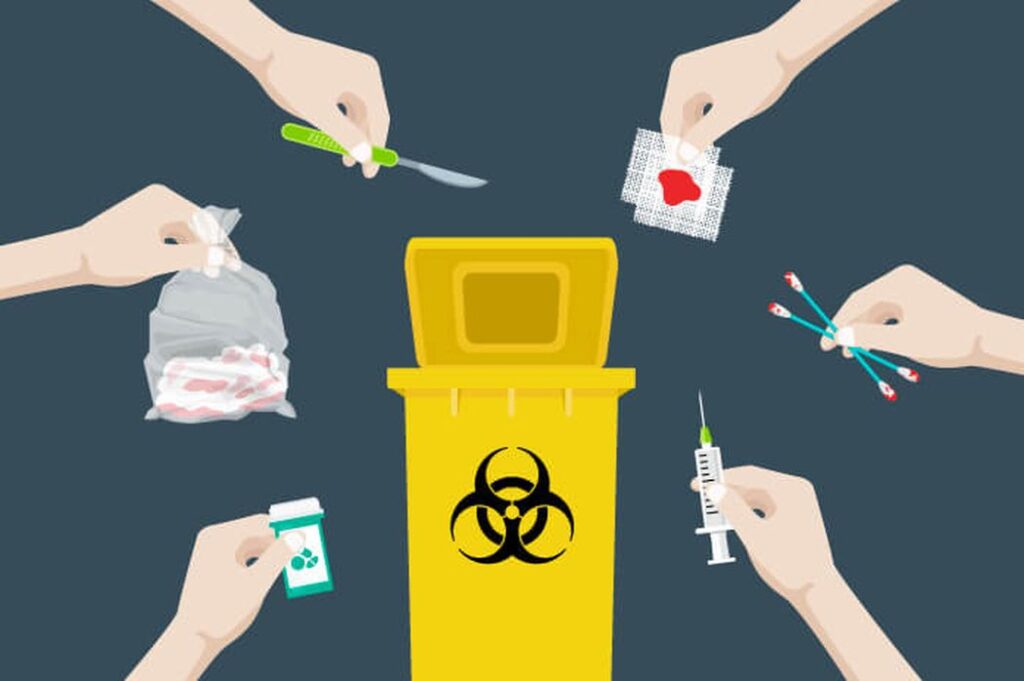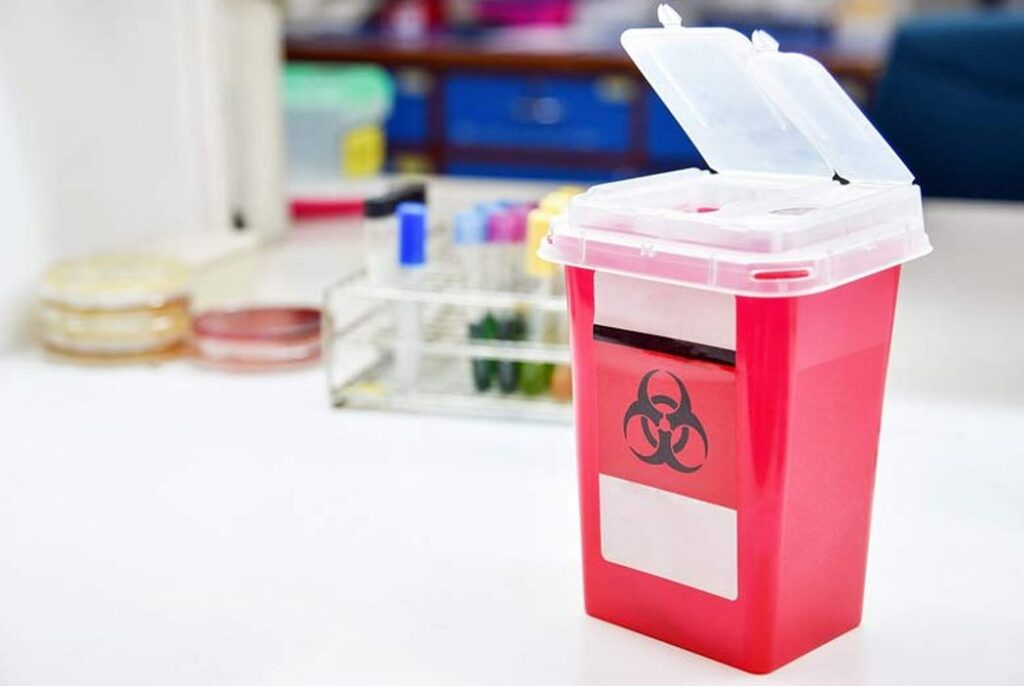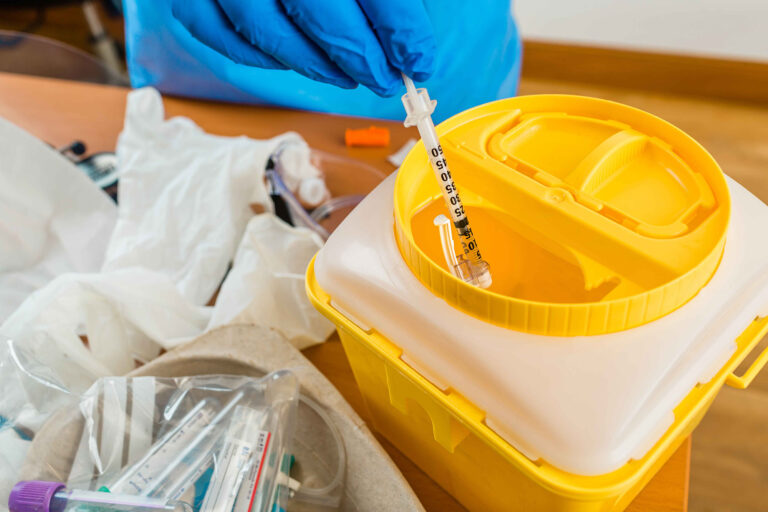Medical waste is any type of waste that is generated in the diagnosis, treatment, or immunization of human beings or animals. This can include anything from sharps (needles, syringes, etc.) to body fluids to lab samples. While some medical waste can be recycled or incinerated, a lot of it ends up in landfills where it can pose a serious threat to both the environment and public health.
The Different Types of Medical Waste

1. Infectious waste. This is any waste that contains pathogens (disease-causing microorganisms). This type can cause infections and spread disease. It includes items such as:
– Used needles and syringes.
– Bloody or contaminated dressings, bandages, or gloves.
– Tissues and organs from surgeries.
– Cultures and stocks of infectious agents.
2. Hazardous waste. This is any waste that is flammable, corrosive, reactive, or toxic. This type can be harmful to people and the environment if it’s not disposed of properly. It includes items such as:
– Chemicals.
– Pharmaceuticals.
– Radiological materials.
– Mercury thermometers.
3. Radioactive waste. This is any waste that contains radioactive materials. It includes items such as:
– Unused radiopharmaceuticals.
– Sealed sources used in nuclear medicine procedures.
How to Dispose of Medical Waste?

There are four main ways of medical waste disposal:
- Incineration: This is the process of burning the waste, which is then turned into ash. The advantage of incineration is that it completely destroys the waste, making it safe and sanitary. However, the disadvantage is that it can release pollutants into the air.
- Autoclaving: This process uses high pressure and heat to sterilize the waste. The advantage of autoclaving is that it effectively kills all bacteria and viruses in the waste. However, the disadvantage is that it can be difficult to find an autoclave large enough to accommodate all of the medical waste.
- Chemical treatment: This process involves treating the waste with chemicals that break down or destroy microorganisms. The advantage of chemical treatment is that it can be effective in destroying pathogens. However, the disadvantage is that some chemicals used in this process can be harmful to humans and the environment if they are not properly disposed of.
- Landfills: This is the process of burying medical waste in a designated area. The advantage of landfills is that they are relatively safe and sanitary. However, the disadvantage is that they take up a lot of space and eventually reach capacity.
The Benefits of Recycling Medical Waste
The benefits of recycling medical waste are numerous.
– For one, recycling helps to reduce the amount of waste that is sent to landfills and incinerators. This is good for the environment because it reduces the release of greenhouse gasses and other pollutants into the air.
– Additionally, recycling medical waste can help healthcare facilities save money on disposal costs.
In order to recycle medical waste effectively, it is important to partner with a reputable company that has experience in handling this type of material.
Conclusion
Medical waste is defined as any solid waste that is produced in the diagnosis, treatment, or immunization of human beings or animals. This type of waste can be anything from used needles and syringes to soiled dressings and human tissue. This is a serious issue because it can spread disease and infect both humans and animals if it’s not disposed of properly. Proper disposal of medical waste is essential to protecting public health.

